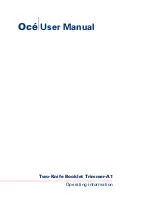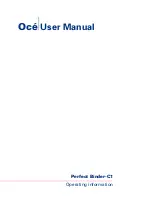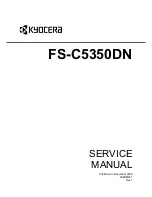
1. Media
2. Dummy that makes the head gap between the table and the print head 10 mm or less
3. Print head
4. Head gap from media: Keep to 2 mm or less
5. Head gap from dummy: Keep to 10 mm or less
If you do not use a dummy
Always make sure that the head gap between the table and the print head is 10 mm or less. The
head gap is set according to the media thickness, so the head gap becomes too great in areas not
covered by the dummy. This may cause the UV light to reflect onto the print head and may harden
the ink on the head, resulting in a malfunction.
If the gap is too wide, it may cause turbulent airflow, resulting in printing failure.
ECD245
1
2
2
2
1
2
3
4
5
2
2
1. Media
2. Areas not covered by the dummy
3. Print head
4. Adequate head gap (2 mm or less)
5. Head gap from table: 10 mm or less
Notes on printing under the high head gap
The recommended head gap is 1 mm. If you print under a high-head gap, the amount of ink mist will
increase. The ink can adhere to the irradiation surface of the UV lamp. Printing in these conditions can
make the lamp defective.
When printing with a high-head gap, check the irradiation surface of the UV lamp daily for dirt. To clean
the surface, see “Checking the Dirt on the UV Lamp Irradiation Surface”, Requests for Daily Care and
Maintenance.
The glass of the UV lamp irradiation surface is fragile. Applying excessive force to the glass may break
it.
3. Basic Operations
58
Содержание PRO TF6215
Страница 2: ......
Страница 6: ...4 ...
Страница 22: ...As seen from the back of the machine M0DTIC0009 1 Getting Started 20 ...
Страница 44: ...2 Using Print Control 42 ...
Страница 54: ...3 Basic Operations 52 ...
Страница 68: ...3 Basic Operations 66 ...
Страница 94: ...5 Troubleshooting 92 ...
Страница 110: ...6 Maintenance and Specifications 108 ...
Страница 114: ...MEMO 112 EN GB EN US EN AU M0DT 7003 ...
Страница 115: ... 2020 Ricoh Co Ltd ...
Страница 116: ...M0DT 7003 AU EN US EN GB EN ...
















































